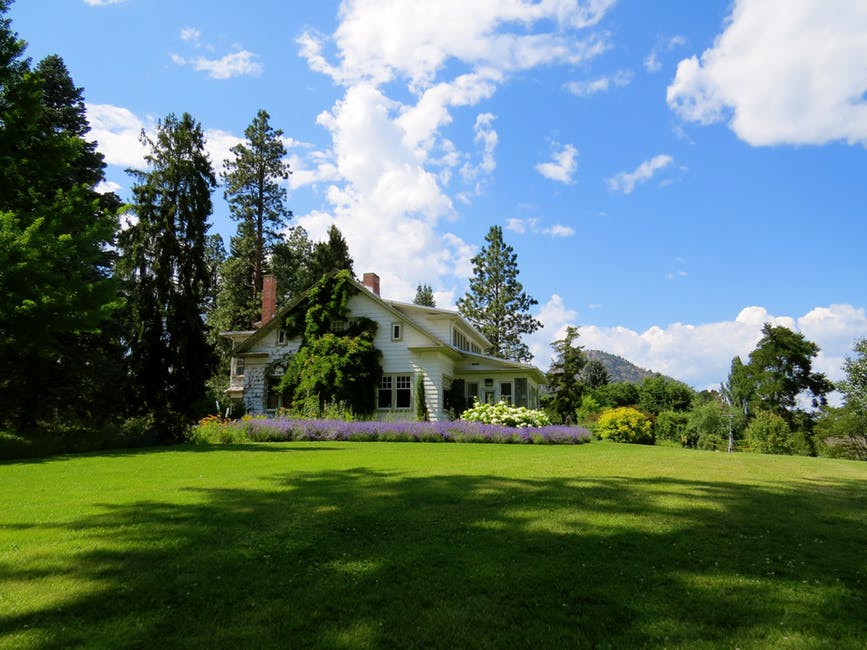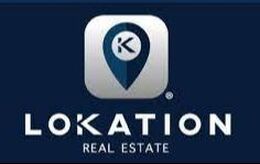Remodeling Stats and Spending Trends to Inform Your Improvement Plans Thinking about remodeling? You're not alone. According to a report from the Harvard Joint Center for Housing Studies, home improvement spending in the U.S. is up more than 50% since 2010. The study found that, "Spending on improvements and repairs to the US housing stock continued on an upward trend in 2017, setting a new high of $424 billion. This represents a 10% increase from 2015 and more than 50% gain from the low in 2010." According to their analysis, 22 million homeowners across the country completed at least one home improvement project in 2017. "The report attributed part of the increase to a shortage of new construction and a reliance on aging housing stock that requires upkeep and repair," said the New York Times. "Other factors include higher housing prices that have increased the available equity for home improvement loans, and a growing population of older homeowners who are financially equipped to pay for renovations." The primary "spenders" fall into three main categories: Homeowners using surging equity to make improvements, homeowners playing catch-up on deferred maintenance and updates, and rental property owners. The average expenditure on home improvement was rather modest; 40% of participants reported spending less than $2,500, and almost 75% spent less than $10,000. Most common improvements The most common project in 2017 was adding or replacing flooring, with 5.2 million homeowners, or 7%, upgrading their floors. The next most common projects were:
USDA Loans: They're Not Just for Homes in the BooniesHave you heard of USDA loans? If you're a low-to-moderate-income homebuyer who doesn't have a lot of money for a down payment and who needs lenient credit requirements, you (or your lender) are probably focused on FHA loans.
But if you haven't taken a look at USDA loans, you may be missing out on an incredible opportunity. If you're saying to yourself, "But USDA loans are only for homes out in the sticks," that's understandable. It's true that the loans were designed to help buyers in rural areas. But "rural" is a broader term than you may realize. On the USDA website, you can enter an address in the search bar and check if it's eligible, or you can drop a pin in a location to find out whether USDA financing is available in the area. Consider these interesting results: Frisco, TX, currently the fastest-growing city in the nation, is not eligible for a USDA loan, but Prosper, just to the north and being called, "The next Frisco," is eligible. The popular Valencia, CA, north of Los Angeles is not eligible, but areas of Santa Clarita, the city in which Valencia is located, are eligible. There's no harm in looking, and you might find a real gem in an up-and-coming area.
0 Comments
Your comment will be posted after it is approved.
Leave a Reply. |
Categories
All
The information on this site is intended to be a free resource to provide general information to the public. The information is intended to supplement instruction from your legal, financial or real estate adviser. The information contained on this site should never be taken as a substitute for legal or financial advice from a licensed professional.
Archives
October 2021
|
Cell: 706.530.1114
Iveth Caruso Real Estate™ ©2017 All rights reserved. LoKation Real Estate is licensed in Georgia
Your Home, Your Dream, My Mission!
God, Family, then Business.





